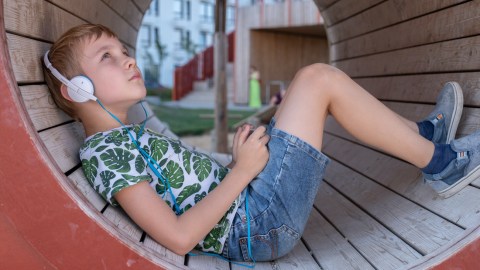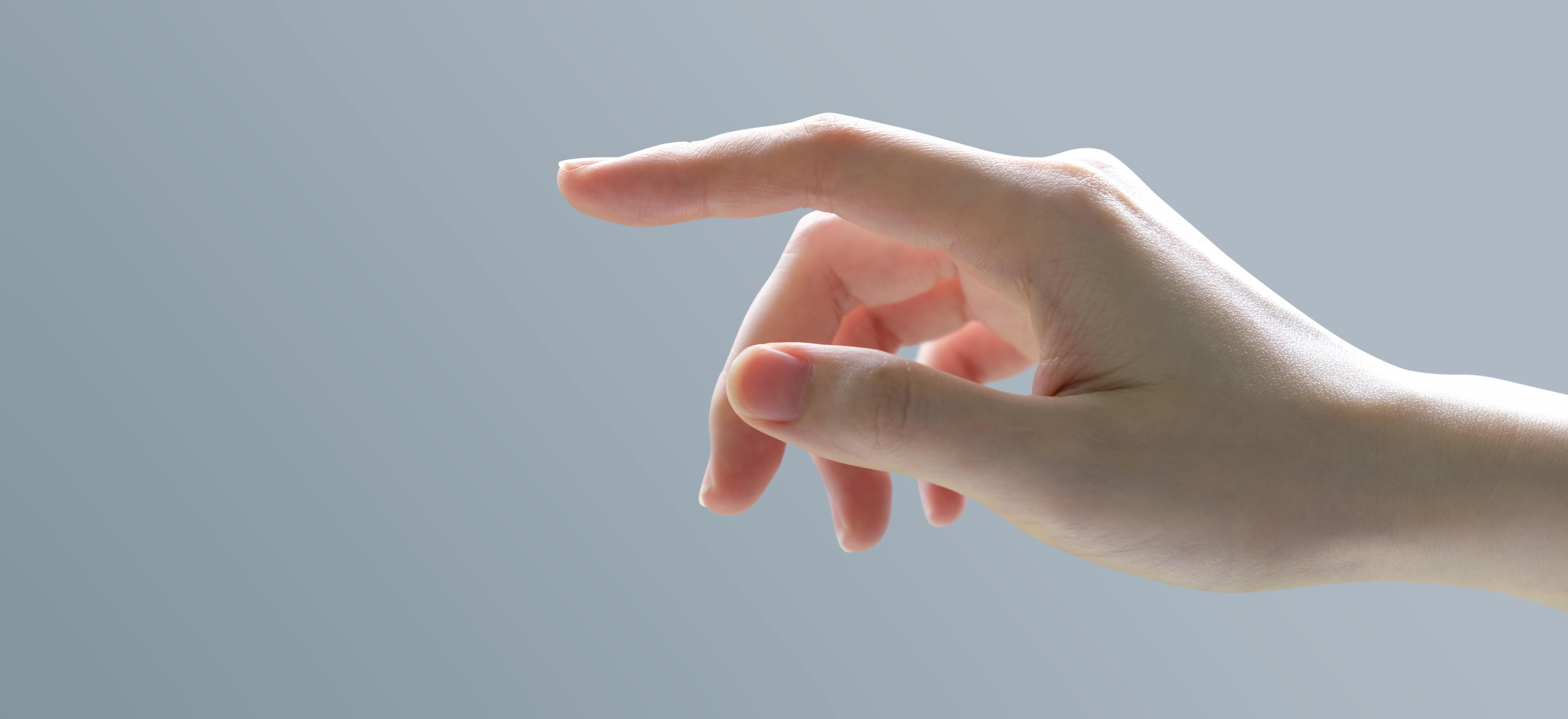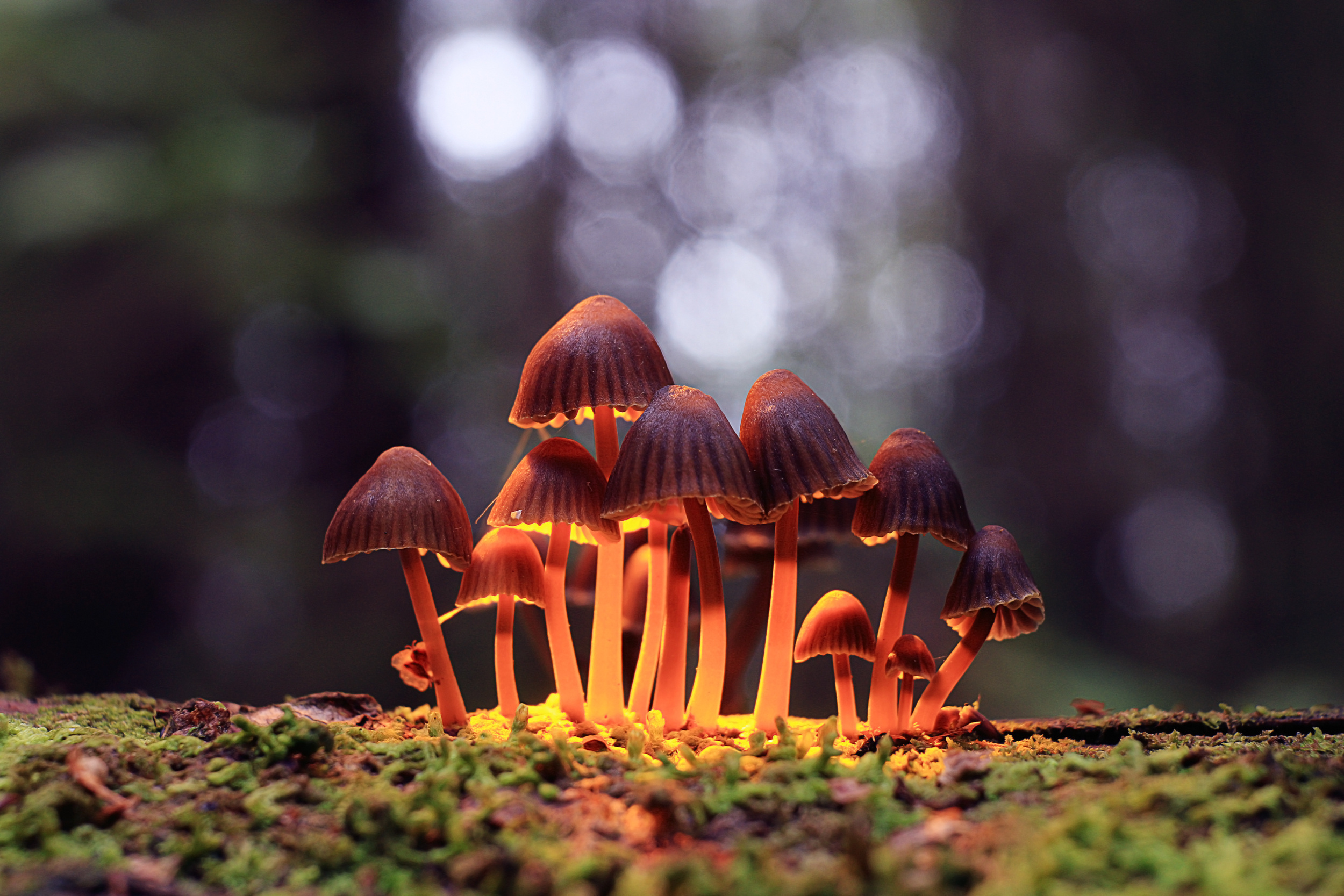Autistic people’s nerve cells differ before birth, new study finds

Credit: azurita on Adobe Stock
- Autism spectrum disorder (ASD) is a neurodevelopmental condition that can cause significant social, communication, and behavioral challenges.
- Although a diagnosis of autism can typically be made around the age of 2, the average age for diagnosis in the United States is after 4 years old.
- A new study shows that the atypical development of autism in human brain cells starts at the very earliest stages of brain organization, which can happen as early as the third week of pregnancy.
Autism spectrum disorder (ASD) is a neurodevelopmental condition that can cause significant social, communication, and behavioral challenges. According to the CDC, a diagnosis of autism now includes several conditions that used to be diagnosed separately (autistic disorder, pervasive developmental disorder, and Asberger syndrome). These conditions are now wrapped into the ASD diagnosis.
The American Academy of Pediatrics recommends that all children be screened for autism at 18 months and at 24 months, yet only about half of primary care practitioners in the United States screen for autism. Although a diagnosis of autism can typically be made around the age of 2, the average age for diagnosis in the United States is more than 4 years old.
What is Autism (Part 1) ? | Written by Autistic Personwww.youtube.com
A new study shows that the atypical development of autism in human brain cells starts at the very earliest stages of brain organization, which can happen as early as the third week of pregnancy.
The study was performed by scientists at King’s College London and Cambridge University.
The study used induced pluripotent stem cells to recreate the development of each sample in the womb.
The researchers isolated hair samples from nine autistic people and six typical people. By treating the cells with an array of growth factors, the scientists were able to drive the hair cells to become nerve cells (or neurons), much like those found in either the cortex or the midbrain region.
These induced pluripotent stem cells (referred to as IPSCs) retain the genetic identity of the person from which they came, and the cells restart their development as it would have happened in the womb. This provides a look into that person’s brain development.
At various stages, the researchers examined the developing cells’ appearance and sequenced their RNA to see which genes the cells were expressing. On day 9 of the study, developing neurons from typical people formed “neural rosettes” (an intricate, dandelion-like shape indicative of typically developing neurons). Cells from autistic people formed smaller rosettes (or did not form any rosettes at all), and key developmental genes were expressed at lower levels.
Days 21 and 35 of the study showed cells from typical and autistic people differed significantly in a number of ways, proving that the makeup of neurons in the cortex differs in the autistic and typically developing brains.
John Krystal, Ph.D., Editor-in-Chief of Biological Psychiatry, explains: “The emergence of differences associated with autism in these nerve cells shows that these differences arise very early in life.”
Along with the variations, there were some things that proved similar.
Additionally, cells directed to develop as midbrain neurons (a brain region that’s not implicated in autism dysfunction) showed only negligible differences between typical and autistic individuals. The similarities are just as important as the differences, as they mark how the autistic brain and typical brain develop uniquely from the earliest stages of growth.
“The use of iPSCs allows us to examine more precisely the differences in cell fates and gene pathways that occur in neural cells from autistic and typical individuals. These findings will hopefully contribute to our understanding of why there is such diversity in brain development,” said Dr. Dr. Deepak Srivastava, who supervised the study.
The intention of this study is not to find ways to “cure” autism, but to better understand the key genetic components that contribute to it.
Simon Baron-Cohen, Ph.D., Director of the Autism Research Centre at Cambridge and the study’s co-lead, added that “some people may be worried that basic research into differences in the autistic and typical brain prenatally may be intended to ‘prevent,’ ‘eradicate,’ or ‘cure’ autism. This is not our motivation, and we are outspoken in our values in standing up against eugenics and in valuing neurodiversity. Such studies will lead to a better understanding of brain development in both autistic and typical individuals.”





